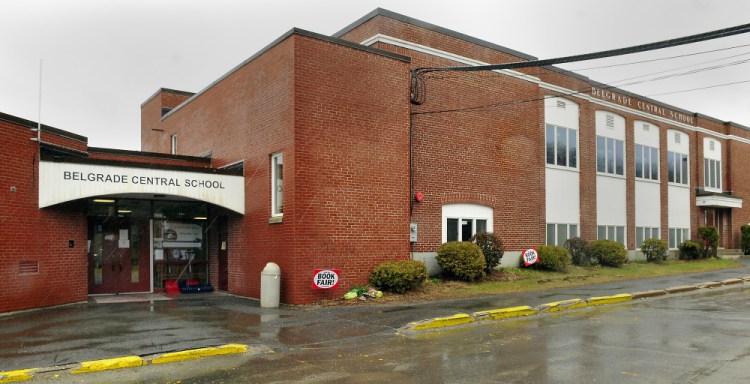Proponents and opponents of a proposed athletic complex for Regional School Unit 18 will get their say, but the discussion no doubt will need to consider other projects, including fixes that will bring the district’s 11 buildings up to state fire codes.
The school board for Oakland-based RSU 18 is holding an hourlong public comment session on the proposed Messalonskee High School athletic complex at 6 p.m. Wednesday in the Messalonskee Middle School cafeteria. Project supporters and opponents will get equal time to speak during the formatted discussion, which will be followed by the scheduled board meeting at 7 p.m.
“This was just to give people more time to be heard. This is a big deal for the district,” Superintendent Carl Gartley said, adding that it was structured with equal time for each side because “I don’t want this to turn into making people on one side think the people on the other side are the enemy.”
The Messalonskee All Sports Boosters want the district to take on a $3.9 million bond to complete the track and field project, which includes an eight-lane track, upgraded lighting, grandstand renovation to comply with the Americans with Disabilities Act, and multi-sport artificial turf to replace the grass field.
The Boosters, the force behind the project asking for the bond, have raised nearly $35,000 for feasibility studies. While the group intends to solicit private donors to help pay for the athletic complex, it needs money up front to show potential donors that the project is moving forward.
If the board approves the bond request, the issue will go to voters in a November referendum.
While the boosters organization and some parents and students say the renovation is necessary to create a safer and fairer outdoor athletic facility for students, some town officials and residents think the district should make other issues a priority. The board postponed making a decision on the bond after listening to concerns raised at its July meeting. That drew ire from some project supporters, who left the room telling board members they should “be ashamed of yourselves.”
Discussion and action on the proposal is on the agenda again for Wednesday.
Meanwhile, the board tasked Gartley with creating a five-year capital plan that would take into account all of the facility needs of the school, including the track project, to see what debt the district might have to take on long-term. It could take out a larger bond to complete all of the necessary projects.
Multiple issues stem from a recent report from the Office of State Fire Marshal, which found 104 items that RSU 18 needs to address to get its 11 buildings up to the state’s fire code. The district has submitted a plan to the state to implement solutions for each item within the next five years.
One board member, Karen Hatch Gagne, of Sidney, said she was concerned that if the district took out a bond now for the track project, it wouldn’t be able to pass a future bond for facility work.
Two towns — Rome and Belgrade — have submitted letters to the board formally opposing the athletic complex proposal.
Rome’s letter, which was signed by each of the town’s three selectmen and submitted at the July meeting, expresses concern over the timing and financing of the project. Facility work for the schools should be a higher priority, and the current cost-sharing formula would put a “disproportionate burden for this debt on Rome,” it says.
Belgrade’s letter, which was signed by each of the town’s five selectmen, asks the board to place the track project within a larger “comprehensive facilities planning process,” given the other needs of the district.
“Lacking such context could well lead to the inappropriate and ill-advised expenditures of taxpayer dollars and increased tensions between our member towns,” says the letter, dated July 25.
Both towns are considering other academic options.
Belgrade has scheduled a public hearing on a petition asking the town to withdraw from RSU 18, and Rome has formed an academic exploratory committee to study all of the town’s options, including withdrawal.
The All Sports Boosters argue that the track and field project has been a work in progress for years, and that the current athletic facilities are unsafe for students. The track, known as “the dirt oval,” gets slippery in the rain and scratches students if they fall. The overused football and lacrosse field is also a safety concern.
Madeline St. Amour — 861-9239
mstamour@centralmaine.com
Twitter: @madelinestamour
Send questions/comments to the editors.



